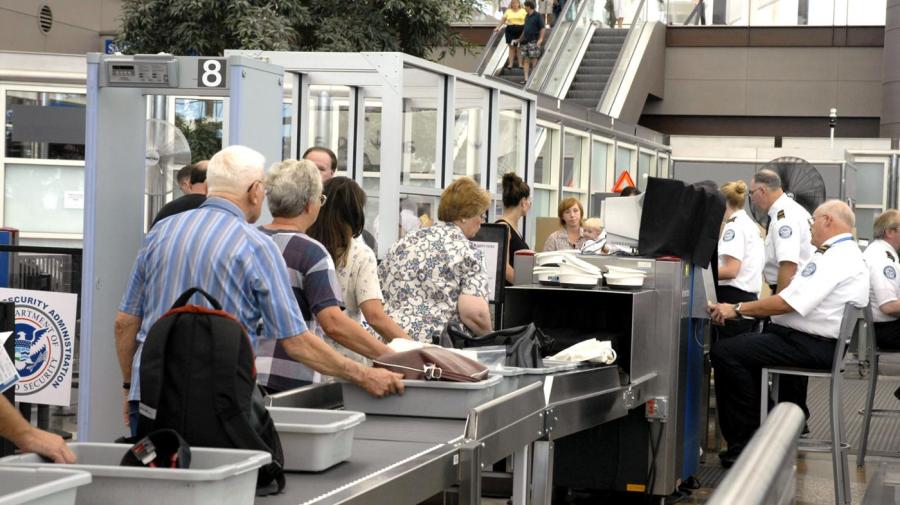What Are FAA Regulations About Liquids?

The FAA and TSA limit liquids in carry-on bags for airline passengers to 3.4 ounces of each liquid, with all liquid containers able to be stored in one quart-sized, clear, zip-top bag. The clear bag must be placed in the appropriate screening bin, separate from any carry-on luggage. Medications, baby formula, breast milk and baby food are permitted beyond the 3.4-ounce limit, within reasonable quantities.
The TSA touts this flight regulation as the “3-1-1 rule” meaning 3 ounces, one clear bag per one passenger. Liquids of this type include aerosols, gels, creams and pastes. Any liquids in excess of 3.4 ounces per container can be placed in checked luggage that goes in the cargo section of the plane. USA Today reveals saline solution is included with the medical exception rule, and these extra liquids must be separate from the carry-on bag so they can be inspected by security agents.
For inbound international flights, liquids in excess of 3.4 ounces, or 100 milliliters, are allowed if the passenger has a connecting flight in the United States, has the liquids in clear containers and buys them at a duty-free shop. Liquids on international flights must be stored in a tamper-evident bag.
Prohibited liquids include compressed gas cartridges, chlorine bleach, spray paint, recreational oxygen tanks and gel-type candles. Snow globes for carry-on status must be less than 3.4 ounces of liquid and must fit in the same quart-size bag alongside other liquids.





